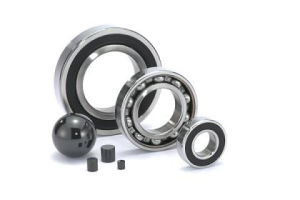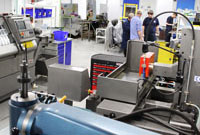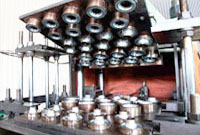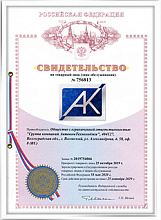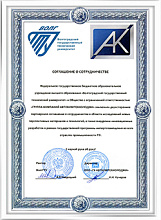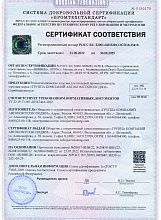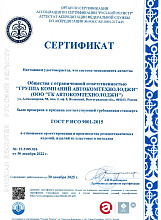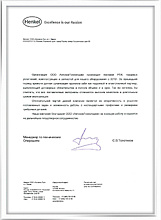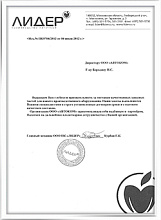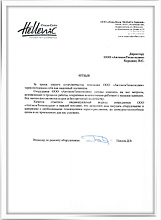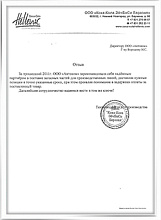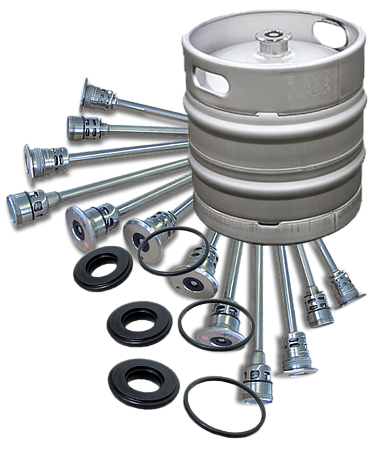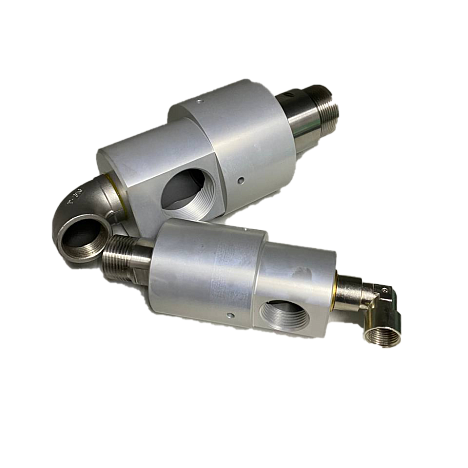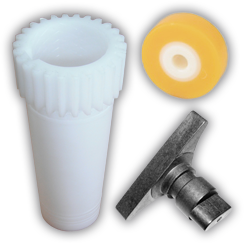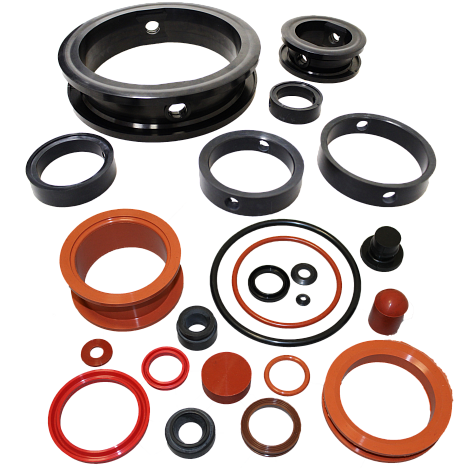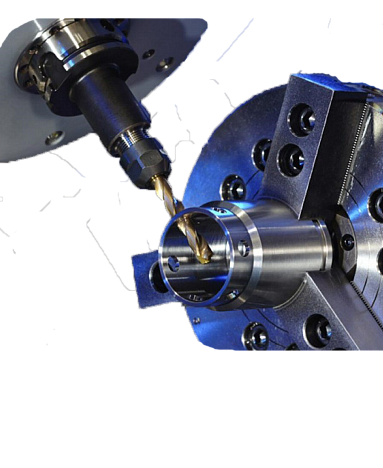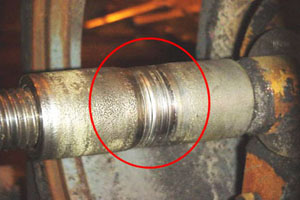
Note that when removing the grease or lip seal (rubber seal located next to the bearing), you will notice that the shaft has a groove or is damaged under the lip seal.
Such damage can be in other places:
- on the coupling under the stuffing box, of course, if you use a stuffing box;
- on the coupling under the Teflon wedge "U" or "V" of the ring, if an original mechanical seal;
- under the spring-loaded seal ring, which is present on the single and double end seals;
- under the rubber bellows if it is not vulcanized on the shaft.
Such damage to the shaft or sleeve is caused by wear and tear, in connection with which problems arise:
- expensive replacement of the coupling;
- pump bearings are often destroyed when removing a damaged shaft sleeve;
- diameter was shaft reduced to accommodate a wear-resistant bushing, a change in these sizes weakened the shaft, leading to its breakage;
- the seal can "hang" in the worn out groove, exposing the pricked seal surfaces;
- leakage of liquid through a worn out groove, this is the main cause of failure of the seal.
How an elastic rubber or a smooth wedge from teflon damages a rigid shaft?
It seems that this makes no sense. However, it is worth noting that wear of the shaft is not associated with polluted air or abrasive in the liquid. The problem will arise even if the filtered liquids or pure lubricant are pumped in a sterile environment.
To understand what the problem of shaft wear is, it is worth paying attention to the term "corrosion resistance" (corrosion resistance).
Some metals are resistant to corrosion, while others are not. It is generally believed that iron rusts and aluminum oxidizes. Looking at the dictionary, you can see that these terms mean the same thing. So, why are different terms used to describe the same problem?
It depends on whether the metal rusts or oxidizes. If the metal is coated with a protective oxide layer, then such a metal is considered to be corrosion-resistant.
For example, consider aluminum:
- aluminum protects itself, forming a layer of aluminum oxide on the surface, when it is exposed to oxygen, this layer is easy to see, because in appearance it is white;
- another common name for aluminum oxide is ceramics (ceramics based on aluminum oxide), dense, rigid, corrosion-resistant material.
After a dense ceramic layer (alumina) is formed on the aluminum surface, the rate of oxidation or rust formation slows down to less than 0.002 inches (0.05 mm) per year.
If this protective oxide layer is wiped or polished with a seal, lip seal or Teflon wedge, a new layer is immediately formed to protect the base material. It is this constant elimination (wiping, polishing) of oxides and its new formation that causes a noticeable appearance of wear on the shaft. When polishing silver, the same effect is obtained. Coating with oxide film is restored to protect silver.
Shaft vibration and axial play give rise to a constant axial movement of the shaft through the dynamic elastomer of the mechanical seal. Bearing grease and stuffing box are stationary, so the rotating shaft is constantly polished with these materials, while the pump is running.
There is another problem related to wear and tear.
Ceramic oxide, which is removed, is rubbed into the rubber part and causes wear of the base material (metal).
Stainless steel protects itself, forming a protective oxide layer called chromium oxide. The formation of chromium oxide (oxide film) to protect the metal from corrosion is called passivation. It is the chromium oxide that is rubbed into the sealing material or lip seal that damages the shaft sleeve so badly.
Thus, there are now two reasons for the wear of the shaft:
- elimination of the passivation layer by grinding the elastomer or wedge from Teflon;
- the passivation layer that has been eliminated adheres to the elastomer or wedge, which causes wear and tear.
Now that the causes of wear are known, measures can be taken to prevent it:
- replace bearing seals, lip seals, seal lubrication or install new O-rings;
- discard gland packing;
- refuse to use mechanical seals, which use a dynamic elastomer located on the pump shaft or bushing.
Most of the original seals are offered using such elastomers. Fixed cartridge seals have the most balanced sealing rings, and correctly installed bellows seals separate the dynamic elastomer from the shaft, which in turn prevents wear.
 en
en
 Русский [ru]
Русский [ru]

